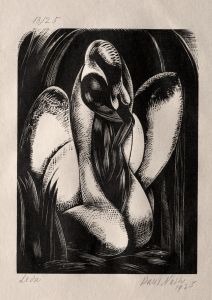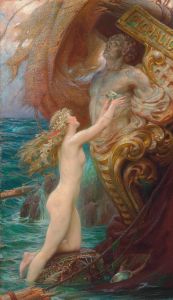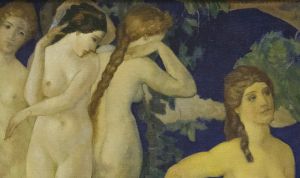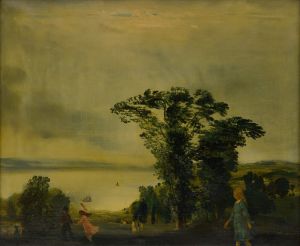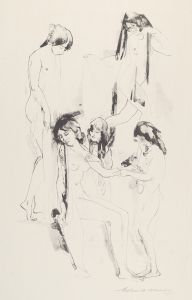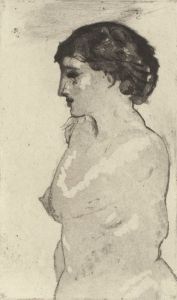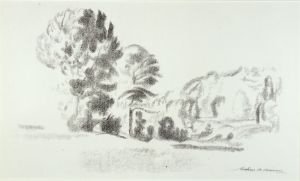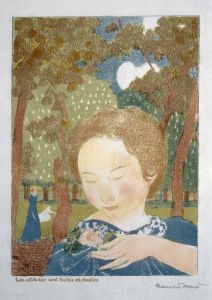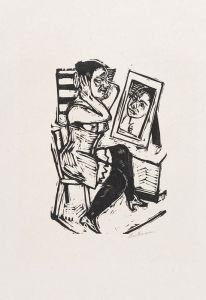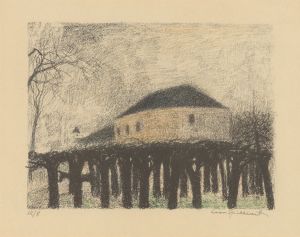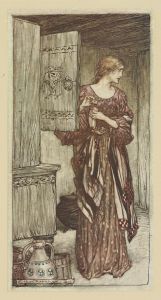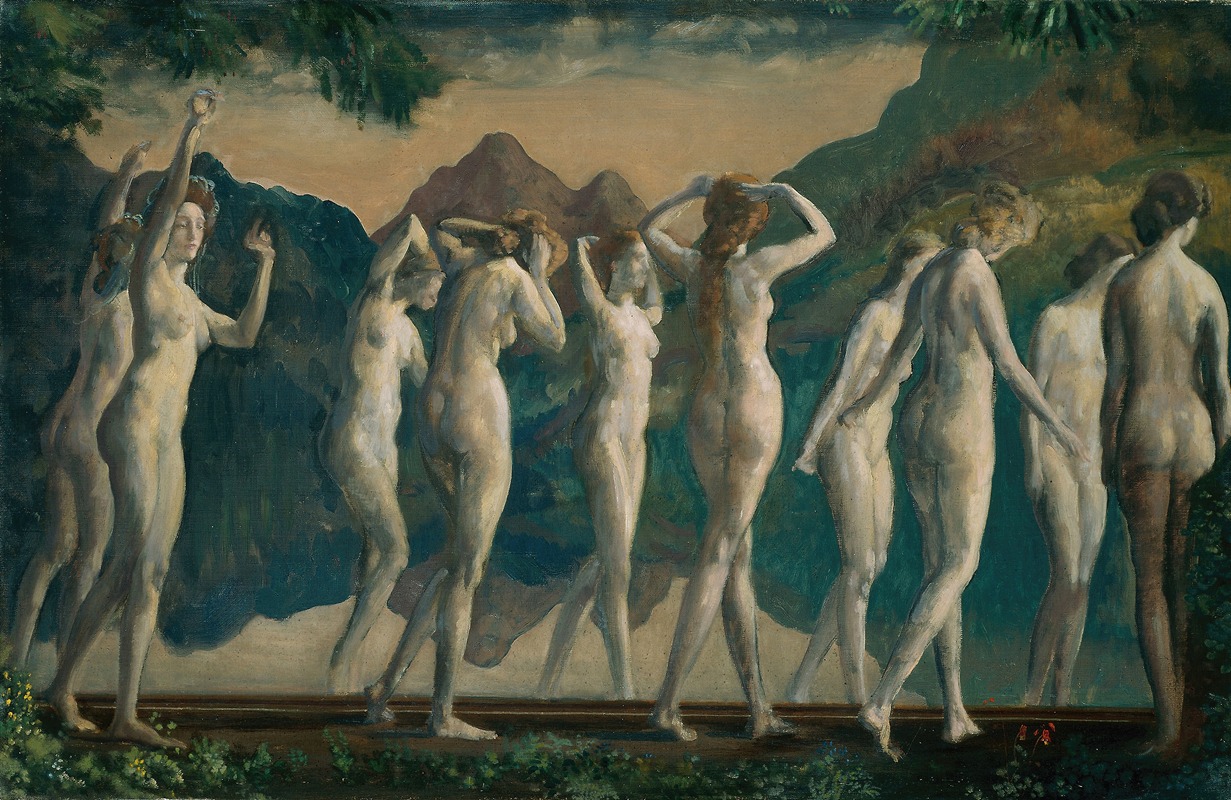
Maya, Mirror of Illusions
A hand-painted replica of Arthur Bowen Davies’s masterpiece Maya, Mirror of Illusions, meticulously crafted by professional artists to capture the true essence of the original. Each piece is created with museum-quality canvas and rare mineral pigments, carefully painted by experienced artists with delicate brushstrokes and rich, layered colors to perfectly recreate the texture of the original artwork. Unlike machine-printed reproductions, this hand-painted version brings the painting to life, infused with the artist’s emotions and skill in every stroke. Whether for personal collection or home decoration, it instantly elevates the artistic atmosphere of any space.
Arthur Bowen Davies was an American artist known for his role in the early 20th-century American art scene, particularly as a member of The Eight, a group of artists who challenged the academic standards of the time. His work often incorporated elements of symbolism and mysticism, reflecting his interest in the ethereal and the transcendental. One of his notable works is "Maya, Mirror of Illusions," which exemplifies his unique style and thematic interests.
"Maya, Mirror of Illusions" is a painting that captures Davies' fascination with the concept of illusion and reality, a recurring theme in his oeuvre. The title itself, "Maya," is a term derived from Hindu philosophy, referring to the illusionary nature of the world. This concept aligns with Davies' exploration of the mystical and the unseen, as he often sought to depict not just the physical world but the spiritual and emotional dimensions that lie beneath the surface.
The painting is characterized by its dreamlike quality, a hallmark of Davies' work. He often employed soft, muted colors and fluid forms to create a sense of otherworldliness. In "Maya, Mirror of Illusions," this approach is evident in the way figures and landscapes are rendered with a sense of ambiguity and fluidity, blurring the lines between the tangible and the intangible. This technique invites viewers to engage with the painting on a deeper level, encouraging them to look beyond the immediate visual impression and consider the underlying themes of perception and reality.
Davies' work was influenced by a variety of sources, including classical mythology, Eastern philosophy, and contemporary developments in psychology and science. These influences are reflected in "Maya, Mirror of Illusions," where the interplay of light and shadow, form and void, suggests a world that is both familiar and mysterious. The painting can be seen as a meditation on the nature of existence, inviting viewers to question their own perceptions and assumptions about reality.
Throughout his career, Davies was associated with several important movements and exhibitions that shaped American art in the early 20th century. He played a significant role in organizing the 1913 Armory Show, which introduced European modernism to American audiences and had a profound impact on the direction of American art. Although "Maya, Mirror of Illusions" predates the Armory Show, it embodies the spirit of innovation and exploration that characterized Davies' work and the broader artistic milieu of the time.
Arthur Bowen Davies' contribution to American art extends beyond his paintings. As a member of The Eight, he was instrumental in challenging the conservative norms of the art establishment and advocating for greater artistic freedom and expression. His work, including "Maya, Mirror of Illusions," continues to be appreciated for its visionary qualities and its ability to evoke a sense of wonder and introspection.
In summary, "Maya, Mirror of Illusions" by Arthur Bowen Davies is a significant work that reflects the artist's interest in the themes of illusion and reality. Through its dreamlike composition and philosophical underpinnings, the painting invites viewers to explore the deeper dimensions of perception and existence. As part of Davies' broader body of work, it exemplifies his role as a pioneer in American art, pushing the boundaries of traditional representation and embracing a more expansive, mystical vision of the world.





